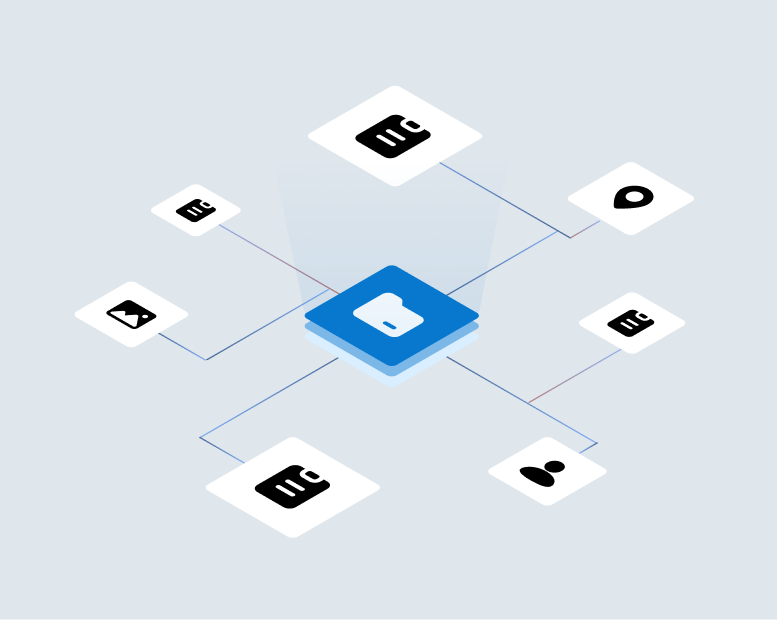The concept of choice and personalization is spreading across industries. From streaming services to airlines, customers value the ability to tailor experiences to their individual needs. This same approach has the potential to revolutionize the insurance world, particularly the often impersonal and reactive claims process.
According to a recent PropertyCasualty360 article, the insurance industry is experiencing a surge in customer preference for self-service portals, driven by increasingly tech-savvy consumers. The volume of claims handled virtually through mobile apps and automated processing has skyrocketed in recent years. This trend highlights a clear opportunity: a preparedness model that could transform the traditional one-size-fits-some approach to claim handling.
Trading Preparation for Priority
Imagine a system where policyholders could opt into a pre-loss documentation service. This would involve responding to situationally appropriate requests for information, establishing a comprehensive record of their home, vehicle, and major assets before any potential claim arises. By having a clear baseline for comparison between pre- and post-loss images, insurers gain several significant advantages:
- Faster and Fairer Resolutions: Streamlined claim assessments and payouts, eliminating the need for lengthy inspections.
- Reduced Ambiguity: Pre-recorded details minimize disputes, saving time and money for both policyholders and insurers.
- Improved Customer Experience: A smoother, less stressful claims process leads to greater satisfaction and positive word-of-mouth.
- Carrier Differentiation: Customers recognize when their carrier proactively invests in understanding their unique policy needs, fostering trust and loyalty while discouraging attempts to exploit ambiguity.
The ‘Preparedness’ Advantage – Especially for Catastrophic Losses
The urgency of the preparedness model becomes increasingly clear in the aftermath of catastrophic events. Catastrophes continue to pile up, one after the other. Tropical storms plaguing the coasts; convective storms hammering the heartland, and in recent news from P&C Specialist, the catastrophic wildfires ripping across the Texas Panhandle. The fires have become the largest on record in state history and could result in hundreds of millions of dollars in losses. Pre-loss documentation offers crucial benefits in these situations:
- Speed in the Face of Overload: Insurers can dramatically accelerate claim assessments, allowing them to prioritize and expedite payouts to those most in need.
- Clarity Amidst Chaos: Following a disaster, having verified property conditions from before the event minimizes confusion and the potential for disputes.
- Customer Relief When It’s Needed Most: Policyholders receive swift, clear-cut claim resolutions during a time of stress and uncertainty.
Risk-Focused Preparedness
Understanding that not all risks are equal is vital. Insurers should focus on capturing the most beneficial information based on factors like coverage, geography, potential for catastrophic loss, asset condition, fire or flood zone, occupancy, surrounding hazards, and even traffic patterns.
By coupling pre-loss documentation with other sources of information – such as government data, prior claims history, or images from satellites or drones – insurers can gain valuable insights. This allows them to target requests for additional details where specific hazards exist or where coverage includes a special rider or endorsement. Importantly, in areas where insurance is scarce due to catastrophic risks, customers might be more understanding and willing to engage with a more in-depth request upfront.
Technology as the Enabler
Advances in technology make this proactive preparedness approach possible. Solutions like idFetch empower policyholders to capture detailed photos, videos, and other relevant data about their property. This creates a secure, easily validated preparedness record for the insurer. Additionally, idFetch can help insurers proactively identify potential risks, leading to preventative measures and optimized coverage.
The Path Forward
To implement this model successfully, insurers and the industry must carefully consider:
- Incentives: How to encourage policyholder participation through discounts, priority status, or other benefits.
- Clear Value Proposition: Quantifying the potential savings in claim payouts and loss adjustment expenses (LAE) is essential for wider adoption.
- Agent Involvement: Agents can play a key role in assisting with pre-loss documentation and educating customers, evolving their services beyond simple transactions.
- Catastrophic Loss Mitigation: How can pre-loss documentation help insurers manage a surge in claims following a significant disaster, leading to more accurate loss triage and faster resolutions?
The preparedness model has the potential to usher in a new era of insurance marked by efficiency, fairness, and customer-centricity. By embracing innovation and partnering with tech solutions like our idFetchTM, insurers can pave the way for a more transparent, cost-effective, and ultimately more satisfying insurance experience.


